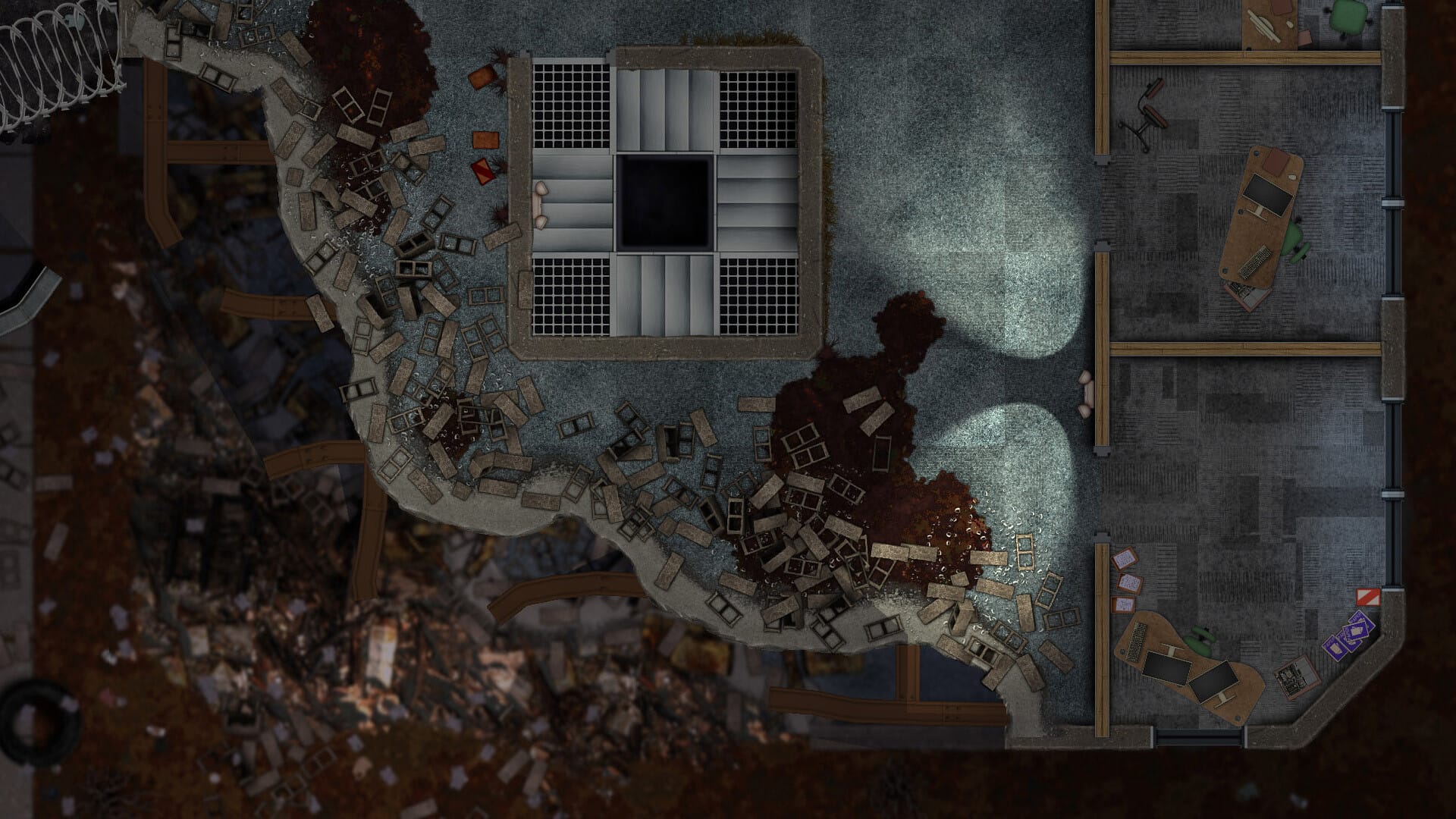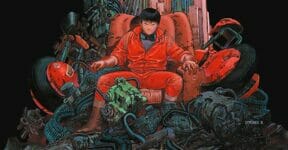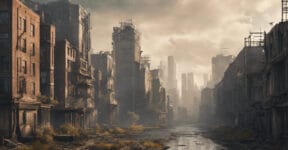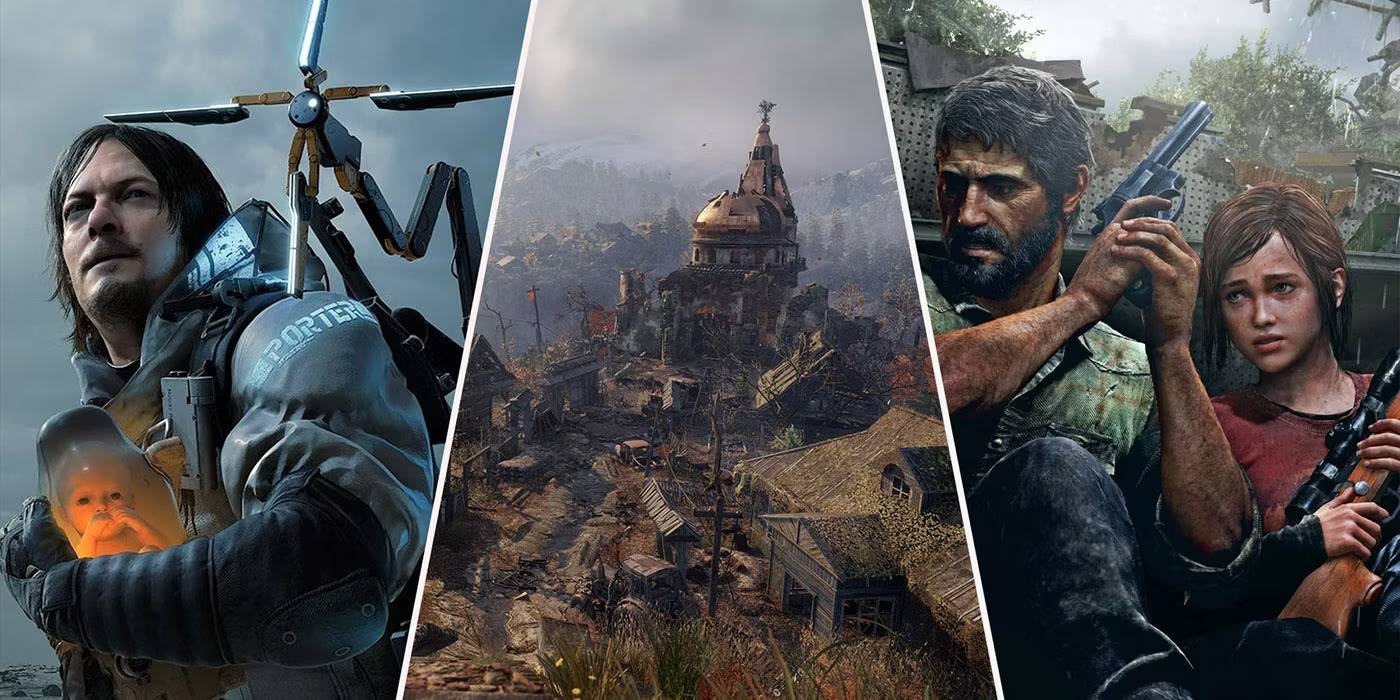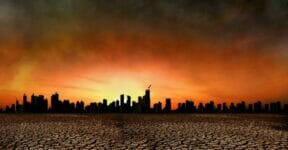The first thing to keep in mind when creating post-apocalyptic battle maps is the nature of the doomsday event and the timeline following the disaster. If the timeline points to years after an apocalyptic tragedy that killed the vast majority of the world’s population, everything should be in ruins because there are too few people to maintain the infrastructure and electric grid.

Apocalypse by alien invasion might tell a different story because the attack was likely pretty swift thanks to advanced weapons that wiped the entire human population almost in an instant. In such a case, some of the world’s infrastructure remained intact although several regions have been completely altered to sustain alien life. An apocalypse triggered by nuclear war may result in relentless snowfall and radiation zones all around with only small patches of inhabitable areas.
That said, crafting a fictional map doesn’t have to be an overly challenging endeavor. Take advantage of map-making software like Wonderdraft, Inkarnate, or Campaign Cartographer to speed up the process. While those tools help you handle the technical sides of the task, the following tips can be useful for the ideation parts:
1. Refer to an actual map: an easy way to start your post-apocalyptic battle map is by looking and analyzing an actual map of a real place, city, town, or an entire region. Analyze the layout and make notes about how such geographical features as mountains, rivers, lakes, coastlines, forests, cities, highways, farms, and plains work together to shape the landscape. You can basically copy the map and modify it as you like, but keep in mind that some alterations can go too far unless you have good reasons for the changes. For example, it is highly unlikely that you will find a city on top of a mountain, but it can be a plausible idea in a story that involves an alien colony with out-of-this-world engineering and technology; a rainforest next to a desert doesn’t make sense on a real map unless the forest is grown and maintained by a massive group of AI robots equipped with multiple supercomputers each. Always remember that you’re crafting a post-apocalyptic battle map, so partial destructions here and there will not look out of place.
2. Trade routes: civilization requires supplies. There have to be trade routes to connect between cities, farmlands, markets, and manufacturing facilities. Everybody needs food and water, so make sure every colony or settlement has easy access to rivers, lakes, coastlines, forests, and agricultural areas. Trade routes never have to be very detailed, but they must nonetheless exist even in a post-apocalyptic world. Because the established communities are different from each other, trade routes ensure everyone can sell and buy commodities to sustain life. It is true that some survivors are scavengers, but relying on others’ leftovers for sustenance is hardly a sustainable way to live. To ensure long-term survival, scavengers often have to turn aggressive by invading and taking over existing settlements.
3. Reason for everything: communities and colonies exist for specific reasons. Develop a backstory about each settlement to give reasons why it is established in a certain location, what types of survivors regroup in the area, how they make decisions for the community, where they go to find resources, and so on. Your post-apocalyptic battle map should be an inseparable part of the story itself. Don’t forget about giving them religions, customs, and cultures. Diversity is good because it makes every battle between conflicting parties more exciting with different approaches. For example, settlers on the coastline have better naval warfare compared to those in the mountains; a religious community might be full of pacifists but it doesn’t mean they cannot defend themselves against invaders.
4. Economy: since the communities have different backgrounds and ways of sustenance, controlling the trade routes can be an effective strategy to win battles. With trade routes, you need a currency to facilitate commodity exchange. The currency might be used to purchase weapons, medicines, raw materials, and various upgrades within the RPG world. Gold and silver coins are universally accepted anywhere, but it is fine to go with alternative forms.
5. Further development: leave some areas around the edges of the map empty during the early design process. Focus on building the areas where battles should take place, then add more sections when you find the need for them. You don’t have to finish the map in one day, so keep notes to make sure that every new area is relevant to the story.
Always remember that it is not cheating to adopt a real map and modify it into a post-apocalyptic one. Direct copying will not work because there has to be some changes in the landscape and climate following a doomsday event. Take Australia for example; a large section of the continent is comprised of deserts but it also has pretty beaches, cities, and rainforests. In several regions, the snowfall is quite significant during winter. Australia has it all for a post-apocalyptic battle map; in case you don’t want to use the map “as is,” make simple adjustments such as scaling it down, or flipping it at weird angles to make the map your own.
We think creating a post-apocalyptic battle map should follow the same guidelines as general map-making work. You need to keep everything simple and easy to understand. Details are good, but too many of them might overwhelm the visual. It is important to use a consistent style throughout, such as using the same symbols and color schemes to represent any particular area all across the map. Scale also matters in map-making. If you create a map of an entire continent, it needs to have major cities and landmarks; a city map will need a greater level of detail to showcase streets, highways, and buildings.
Have you ever used any map-making software before? Can you use an actual map, without changes, as a post-apocalyptic battle map for an RPG? We’d love to hear from you.
Other Things You Might Want to Know:
Where to find map assets?
Most of the assets you need to create an original post-apocalyptic battle map are likely premium ones, but there are some reliable websites that provide both free and paid assets such as DriveThruRPG, CartographyAssets, Fantasy Map Assets, and Cartographers’s Guild Forum, to name a few. Some people on ArtStation actually allow you to download free assets from their Patreon pages.
Is it possible to be a self-taught cartographer?
Since you can basically learn all the basic skills online, it is possible to learn everything on your own. You may want to take online courses and watch video tutorials before delving deeper into the advanced map-making techniques with cartography books.
Can you make post-apocalyptic battle maps if you’re bad at drawing?
As mentioned earlier, map-making software will help you tackle the technical matters a great deal. Furthermore, a post-apocalyptic battle map doesn’t have to look visually pretty; the most important thing is that everyone knows where to get things and how to reach every place. Not everything on the map should look realistic, anyway.
Check out other articles by month:

